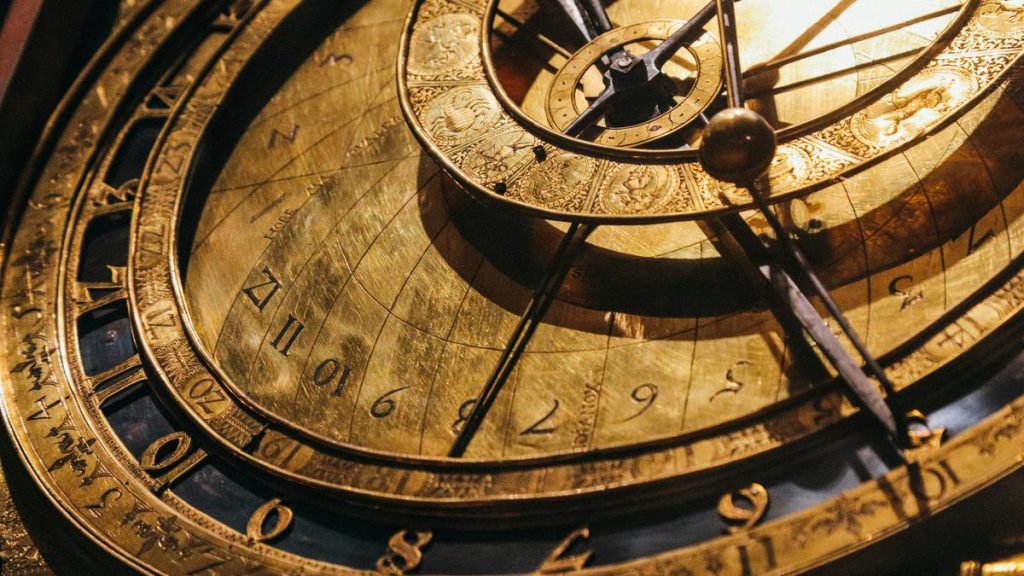
Time measurements and calendars have often been refined over the years.
| Photo Credit: Alexey Savchenko/Unsplash
A: A tropical year is the time (365.242199 days) the earth takes to revolve around the sun once. By having just 365 days in a calendar year, 0.242199 days are lost each year. To correct this error, Julius Caesar introduced a four-year cycle. The first three years had 365 days each and the fourth year had 366 days.
This correction was later found to be an overestimation of the year by 11 minutes and 14 seconds, amounting to 5.1204 days in 400 years. A course correction was brought about: to drop three days in 400 years. As a result, century years are not leap years unless divisible by 400.
Time measurements and calendars have often been refined over the years. The one followed now is the Gregorian calendar, named after Pope Gregory XIII of the 16th century. The pope promulgated an order in 1582 that only century years divisible by 400 would be leap years whereas 1700, 1800, 1900, 2100, etc. even though divisible by 4 would be normal years with just 365 days.
Accurate atomic clocks have recently detected a slowing down of the earth due to the moon’s drag, by about 0.06 microseconds per year. It is not easy to account for such changes even though they affect our calculations of the date and time of the equinoxes. Nonetheless, the present system is working satisfactorily.
Published – February 25, 2025 02:20 pm IST








